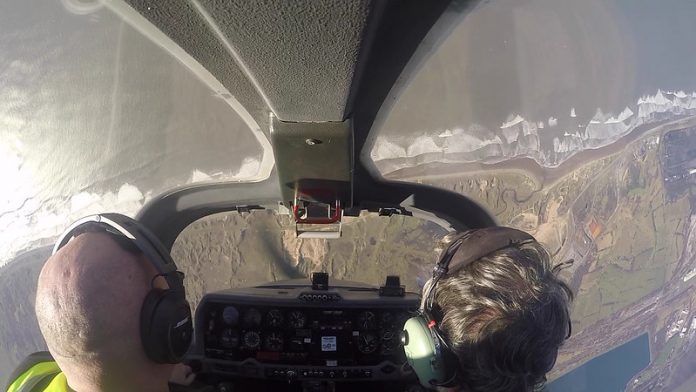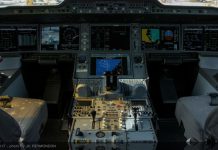In the 20th century the notion of putting high-resolution movie cameras capable of shooting at 60 frames per second and recording stereo sound into an aircraft cockpit, or on its wing, would have been laughable—and obviously dangerous.
But the development of digital action cameras, which can do all those things in a package about the size of a matchbox, changed all that. Now CASA has updated and clarified its guidance about safely mounting small cameras in aircraft.
There has been confusion about whether a small camera is an aircraft component or aeronautical product, and therefore subject to approved design provisions of the civil aviation regulations and civil aviation safety regulations (CAR/CASR).
A small camera is not considered an aircraft component or an aeronautical product if it is:
- not included in the approved design of the aircraft
- mounted in a way that does not affect the approved design of the aircraft
- not required equipment for the operation of the aircraft.
This means mounting a small camera in a way that does not affect the approved design of the aircraft is not maintenance of the aircraft.
The approved design of the aircraft would be affected by physical changes to a part of the aircraft, such as drilling holes. The approved design of the aircraft would not be affected by mounting inside the aircraft by means such as a suction cup or zip ties.
Under CAO 20.16.2, a small camera that meets the above criteria is cargo. It is therefore the operator and pilot in command’s responsibility to ensure that the camera is used, restrained and stowed so the safety of the aircraft is not adversely affected. You don’t need formal approval from CASA or a Part 21 design organisation for this.
The size of the camera is a relevant consideration for mounting and safe operation. The mass and dimensions of the camera will affect where you can put it and how you should secure it.
The clarification does not represent a free-for-all in mounting small cameras. Use of small cameras in aircraft comes under CASA’s operational regulations, and responsibility under the legislation lies with the pilot in command and the operator.
A sceptical and considered pondering of the question, ‘What’s the worst that could happen?’ should be first item on the checklist anytime a small camera is attached to the interior of an aircraft.




Like or near neighbour PNG found a camera in the cockpit can help in accident investigation as for the AirNuginea B737 800 which landed in a lake shortbof its airport a few, years ago.
I’m quite concerned that cameras are being mounted externally using a suction cup mounts without regard to aerodynamic effects and proper security. The 70 page AIC contains almost no information regarding this.
Pilot Workshops covered this recently as one of their ‘Tips of the Week’. I found the answer and subsequent forum discussion very useful – although somewhat Americo-centric, most of it seemed easily applicable to the Australian setting. I certainly wouldn’t dream of mounting an external camera using only a suction mount – sounds like a certain way to lose a camera (and perhaps damage something or someone on the ground).
https://pilotworkshop.com/tips/gopro_mounts/
Biggest problem with these camera’s and “clip on” accessories is EMI interference with the aircraft com & nav systems, especially the ADF. Even some brands of the cigarette lighter usb adaptors cause enormous interference, and are not regulated and these devices power these camera’s